Gallery “Wildes Herz” | Dürscheid
Group exhibition: MOMO, Robert Wobloc, Fuck Artworks
I’ve always been known all over town
“Life is that one thing with joy and colours” – so it is written on a small, about 15x15cm large, inconspicuous canvas in the entrance area of the gallery “Wildes Herz” in Dürscheid. It stands unobtrusively on a wall shelf, above the sales counter; next to it is a telephone, a WLAN router, a printer. It is not part of the exhibition. Rather something like decoration, if there is such a thing in a gallery at all. But maybe that’s exactly what it’s all about: breaking with conventions and viewing habits. Or at least not to be impressed by them. Because basically, this saying expresses the essence of everything that has been going on in the small but fine four walls in the centre of Dürscheid for the past few months and which has materialised in the form of the gallery “Wildes Herz”: Joy in and with colours. The owner of the gallery is Michael Apsel – an artist himself, but also a graphic designer, tattoo artist, organizer, networker, man for everything. At least as far as the gallery is concerned. As a gallery owner he sees himself only to a limited extent, at least not in the classical sense, since one of his main motivations was precisely to undermine the selective instance of the gallery owner. Rather, he wanted to be artistically free, “just do what he wants to do and who he wants to do it with.” In the long run, his goal with the gallery “Wildes Herz” is to create a place of mutual exchange – within the scene, but also beyond it. And to sensitize for art, which in his opinion has been underrepresented so far and thus has remained far behind its potential. No matter what form of appearance, technique or style it is. There is no question that a certain amount of idealism is necessary for such a project. After all, the gallery is not located in some hip trendy district, but in Dürscheid, in the middle of the Bergisches Land, 20 minutes by car from Cologne. Of course Michael Apsel is aware of this, but he believes in his dream. “I can’t help myself. I have always waited for this opportunity and now the chance was given to me. At the end of last year I didn’t even know myself that I would open this gallery three months later. But it’s a good thing. I live it. I’ve always made art and I’ve always been known all over town. Now at least everyone can see what I do.”
After the gallery had to close again in March 2020, due to Corona, and thus shortly after its opening, the long-awaited reopening was imminent on 4 July 2020. This was heralded by a group exhibition. On display were – and still are until the beginning of September 2020 – the Cologne based graffiti artist MOMO, the Bremen based artist Robert Wobloc and Michael Apsel, who in addition to his real name also uses the pseudonym Fuck Artworks. As different as the individual artists, works and styles are, they all have one thing in common: thus an essential cornerstone of their artistic careers lies in graffiti writing.
MOMO
With Momo this seems to be most obvious, as he explicitly names himself a graffiti artist. As a graffiti artist, who constantly explores the boundaries of abstraction anew and only sublimely touches the realm of the representational. Often he works with animal characters, which support the lines and shapes of his recurring lettering – M.O.M.O. – and thus result in much more than the sum of their parts. This was also proven in the gallery “Wildes Herz”, where he had an octopus filigreely wound around the letters “M” and “O”. At the same time, he showed how the admittedly not always easy translation of graffiti into the interior can, in his opinion, be solved: Thus graffiti does not have to take place exclusively on the outside wall, nor does it have to be transferred 1:1 to the medium of canvas, which is predominantly reserved for the white cube. Rather, a combination of both media is also conceivable. Against this background, he used the inner wall of the Dürscheid gallery in his well-known graffiti manner, but at the same time incorporated six smaller, rectangular canvases into his mural – in a wild, colorful and unpretentious manner. In this way, a tension-filled interplay between interior and exterior space was created, an artistic symbiosis – and dialectic – of different carrier media, surface structures and material aesthetics. All this would only be half as coherent, however, if it weren’t for this white line – a filigree line drawn with a needle cap and suggesting the letter “M”, which visually holds the picture together and balances the various elements and colour areas.
Robert Wobloc
Robert Wobloc’s works possess none of the colorfulness that characterizes MOMO’s work – quite the contrary. Nevertheless, they are also characterized by a high degree of abstraction and expressiveness. At first glance, they appear dark, unapproachable, and detached from the world. All of them show faces, some of which are deformed beyond recognition. They look directly at you from the canvas and yet seem to be in an in-between world – not here, but not there either. Nevertheless, the pictures are in clear contrast to their author, from whom the joy of life and the zest for action seem to gush forth. “I don’t know, the [gloominess] is in me somewhere. I can’t help myself. That’s me,” comments the artist. If you take a step closer to the works, you recognize the many layers of paint, the brushstrokes and the different surface structures. The painting gesture can only be guessed at – quick, intuitive, abrupt and angular. Uncomfortable. The interesting thing about Robert Wobloc’s works is that they all show only ‘snapshots’. They are therefore not ‘finished’ works, but paintings that turn the process of painting inside out and tell of the impossibility of ever finishing it. “For me a painting is never finished. What we see hanging here in the gallery are different stages, if you like to call it that. In my garage I have over 80 paintings. At some point I take them all out again and go on. A painting is never finished for me,” says the artist.
So that’s another way of developing graffiti writing. Admittedly, the references can only be guessed at, they seem faded and superimposed. But what Wobloc’s art practice has inscribed to this day is speed, processuality and dynamism.
Fuck Artworks
With Fuck Artworks the artist Michael Apsel has acquired an alter ego. Apsel, who enjoyed a professional art education in painting and illustration, was at some point fed up with the rigid conventions of the academic art world. A marker has no place in oil painting, he was once told. “Why? And who’s going to tell me?” he asked himself. He soon realized that something had to change.
But even in graffiti he did not find the freedom he thought he was looking for. So there too he encountered a rigid set of rules and many unwritten laws. With Fuck Artworks he freed himself from his artistic fetters and tried to concentrate only on art. No matter what the outcome: sculptures, installations, collages, paintings – everything is allowed. The most diverse materials, techniques, genres and styles stand side by side on an equal footing. But it has to be quick – he has preserved this habitus from graffiti. “I don’t worry too much about the meaning or the statement I want to give my works. The thing is that things are interpreted differently by everyone. That’s the same with art. That’s why I want to keep my works as open as possible so that everyone can find their own meaning in them,” he says. What comes out in the end is difficult to put into a drawer. Dada, Pop Art, installation art, conceptual art, abstract painting? Maybe a little bit of everything. But it’s not that important. Because that’s what Fuck Artworks is all about – declaring the ‘breaking of conventions’ an artistic means. Against this background, Apsel’s works could also be described as a network of references, lines of tradition and appropriations that reflects the rules of the art system and places its artist persona within a network of relationships, dependencies and role models.
instagram.com/tattoo_wildes_herz
galeriewildesherz.de
instagram.com/galerie_wildes_herz
748 views
Categories
Tags:
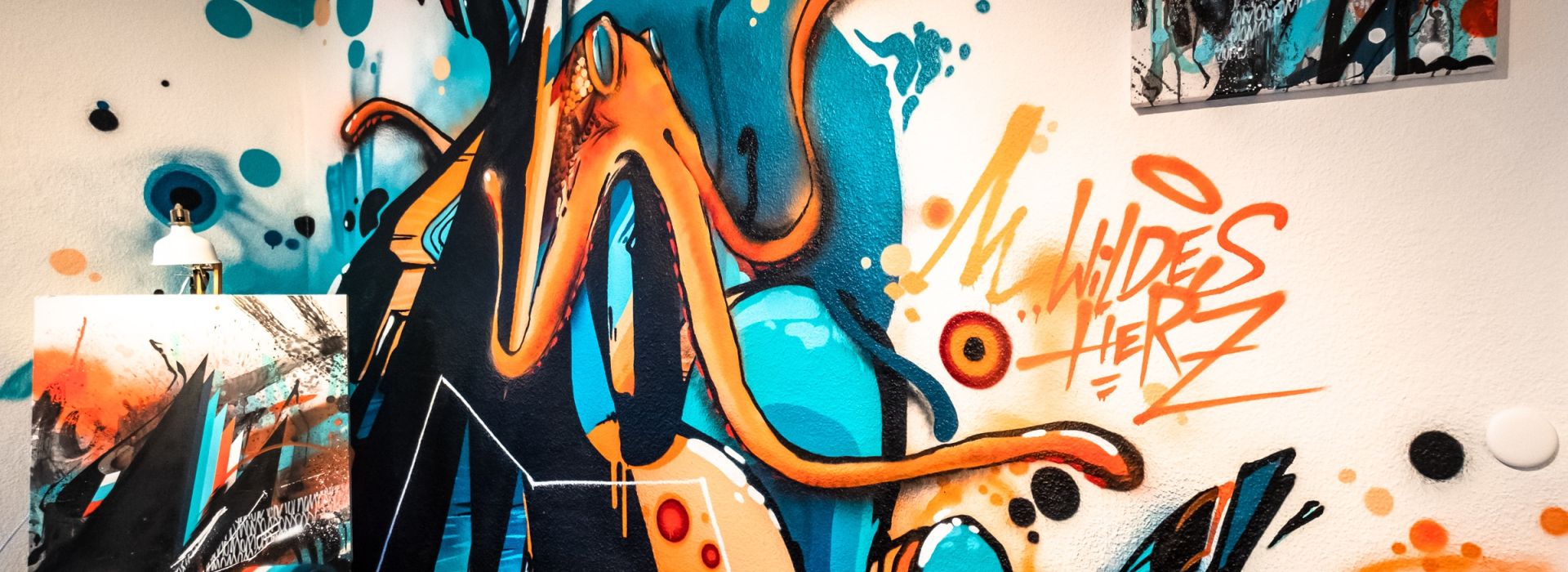
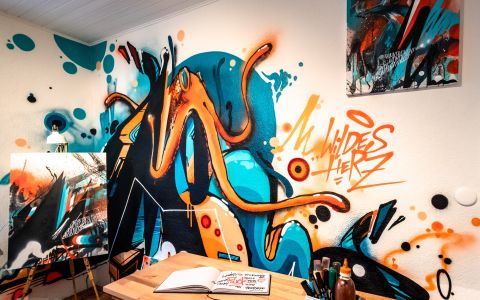
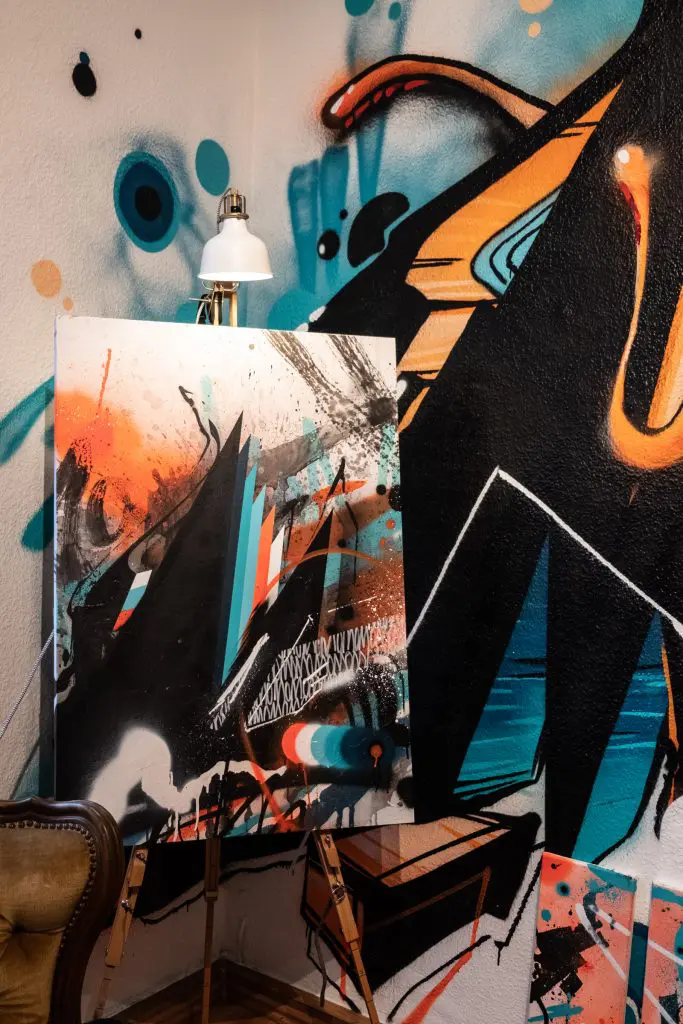
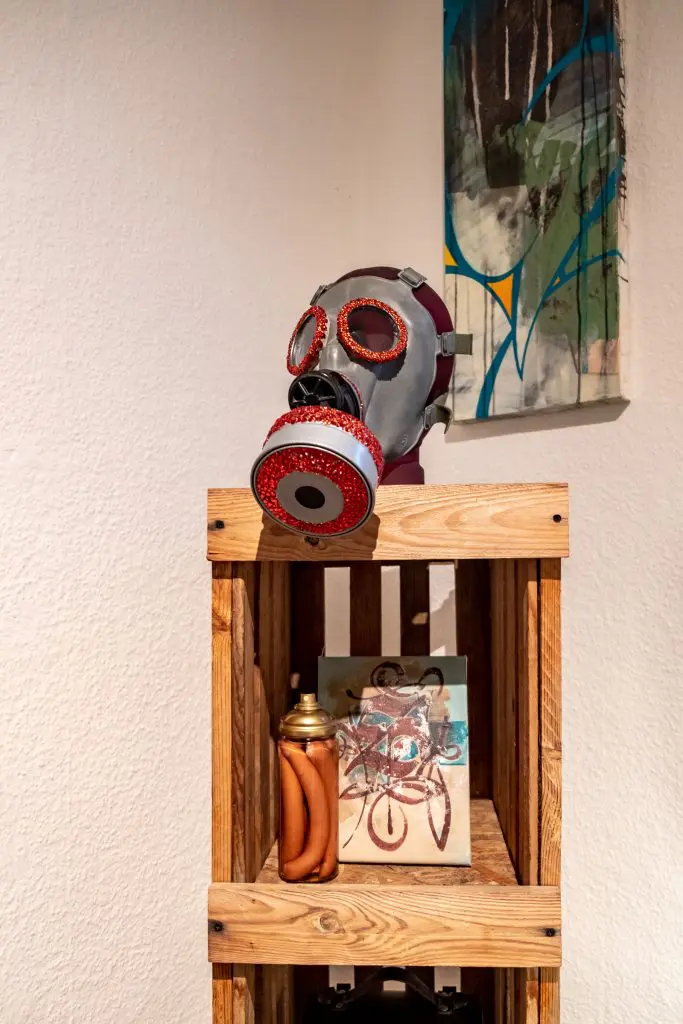
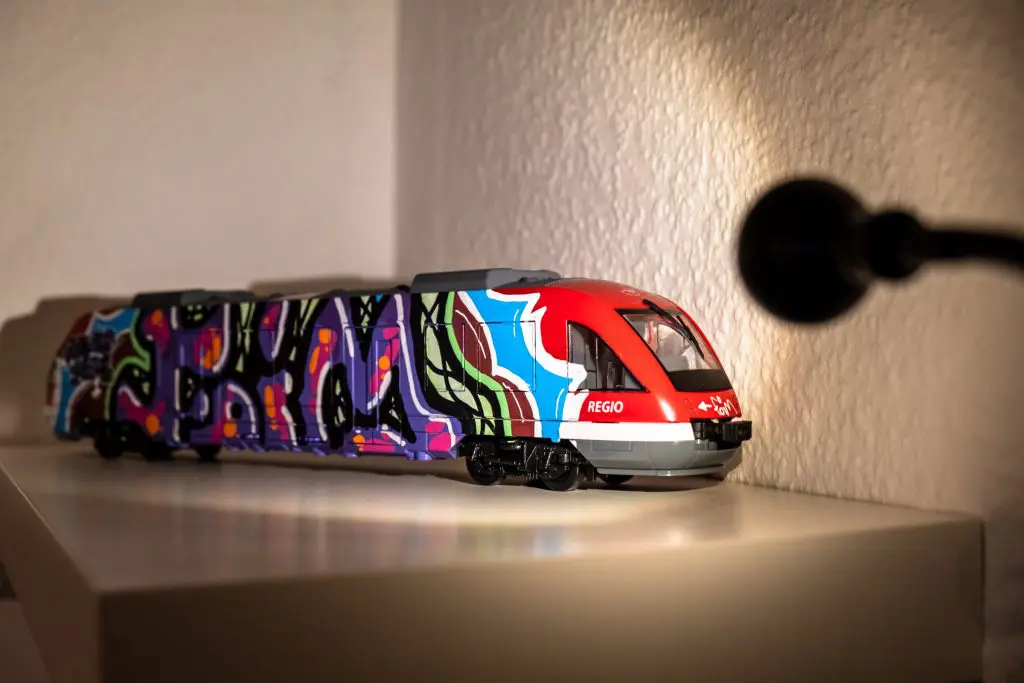
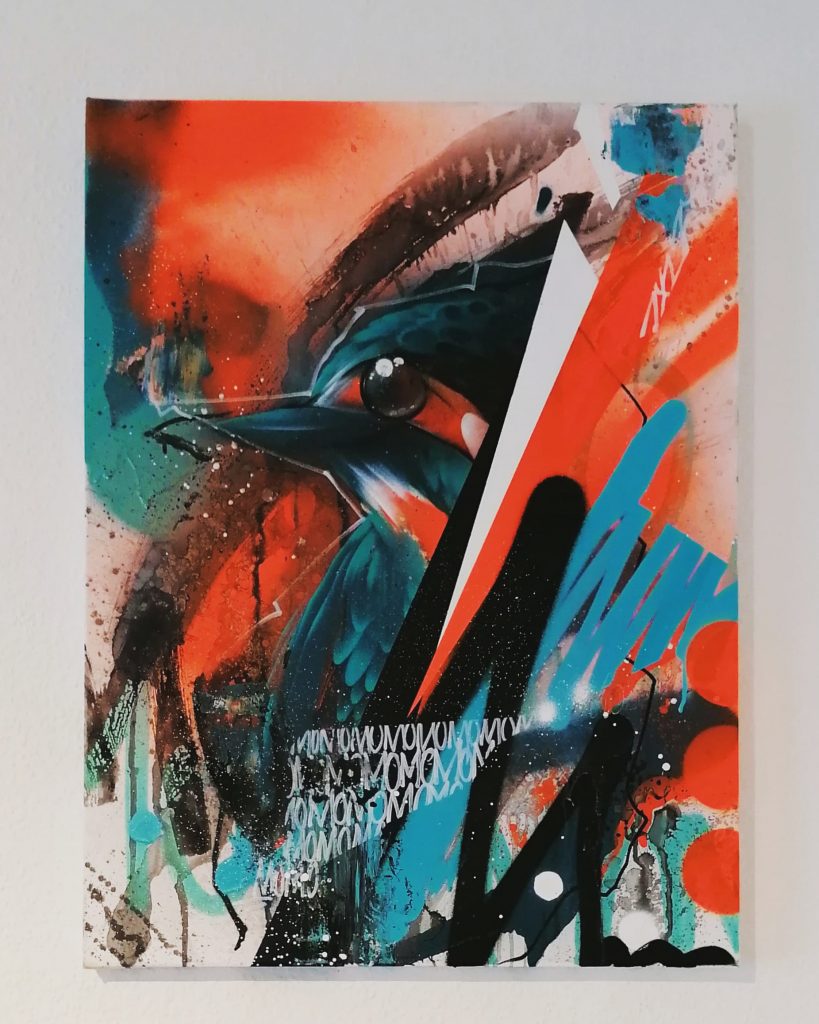
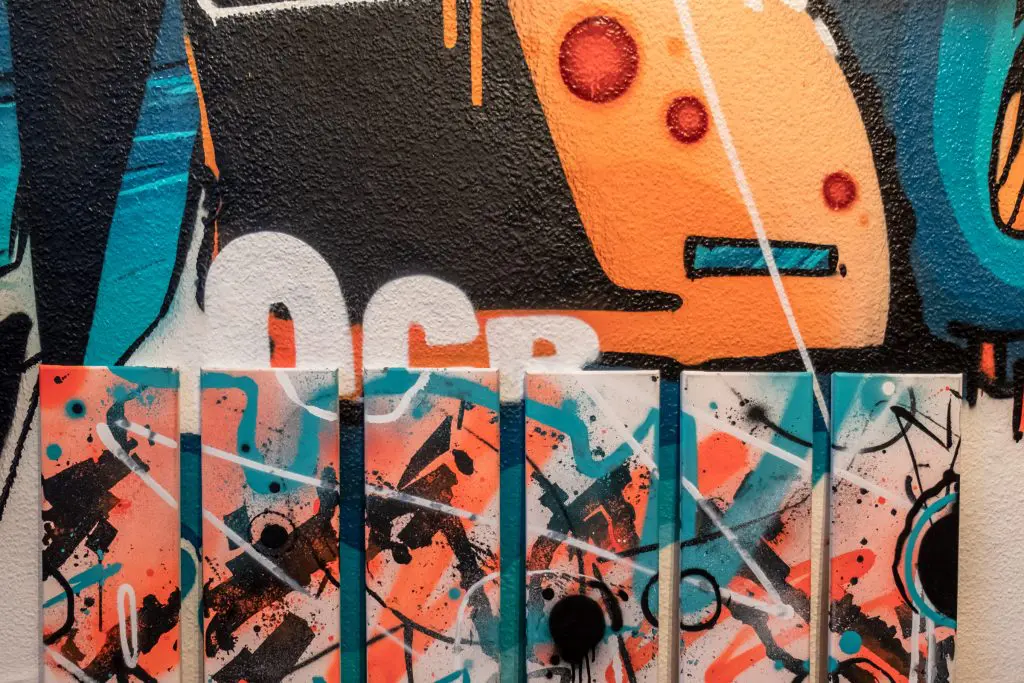
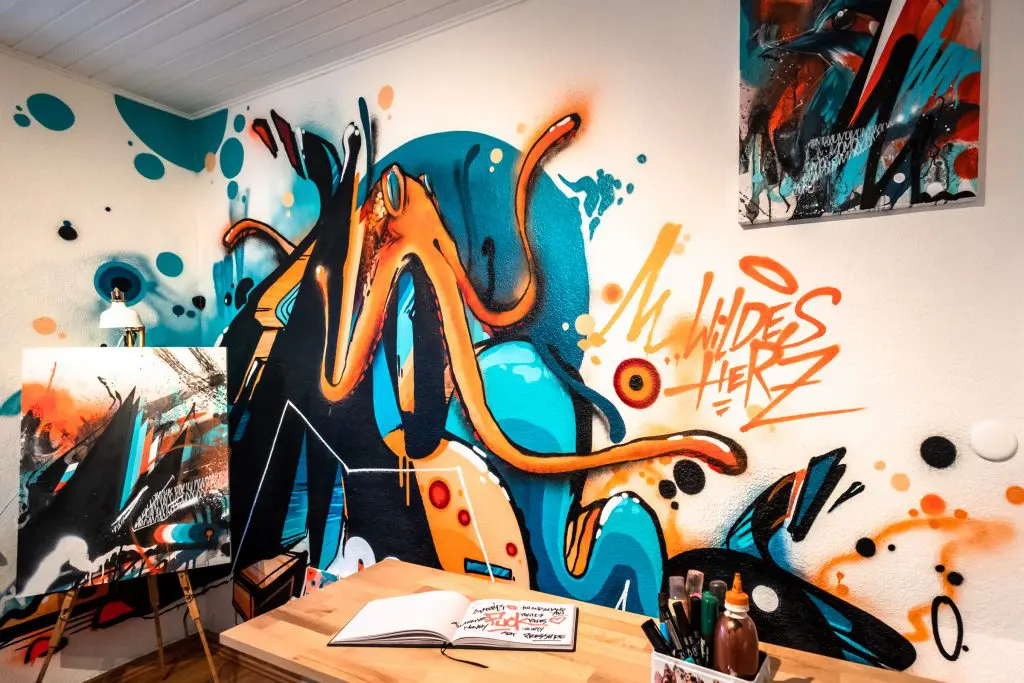
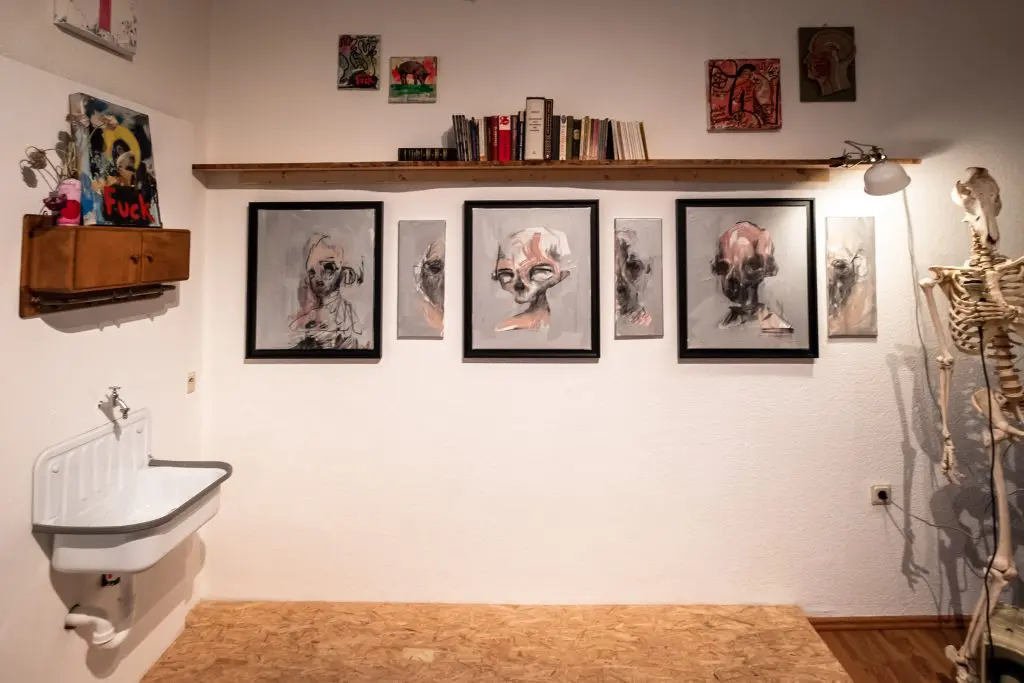
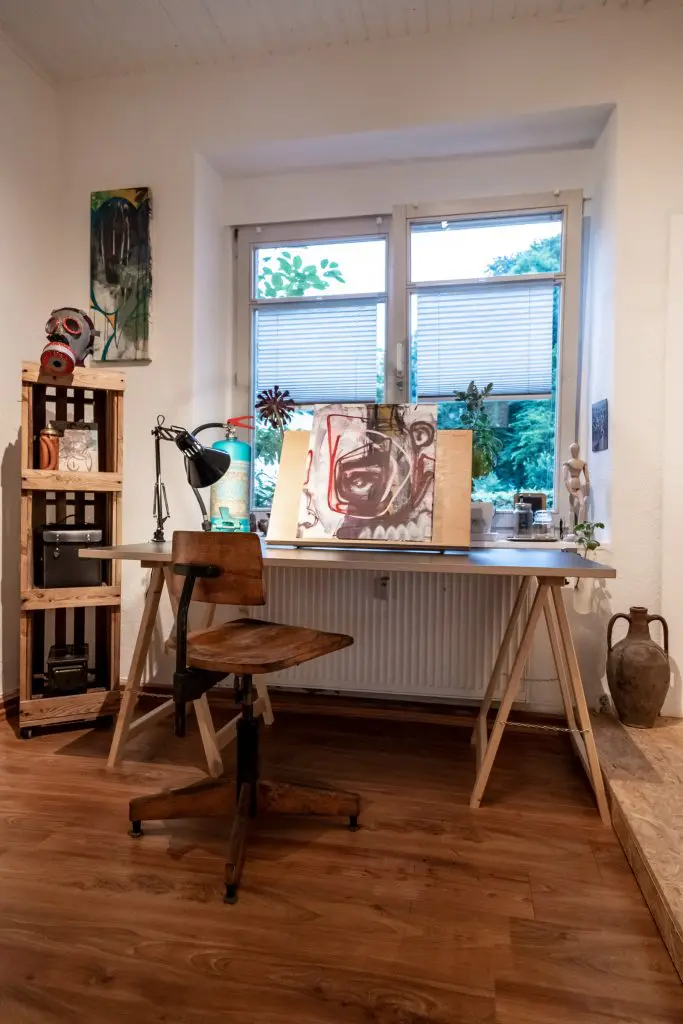
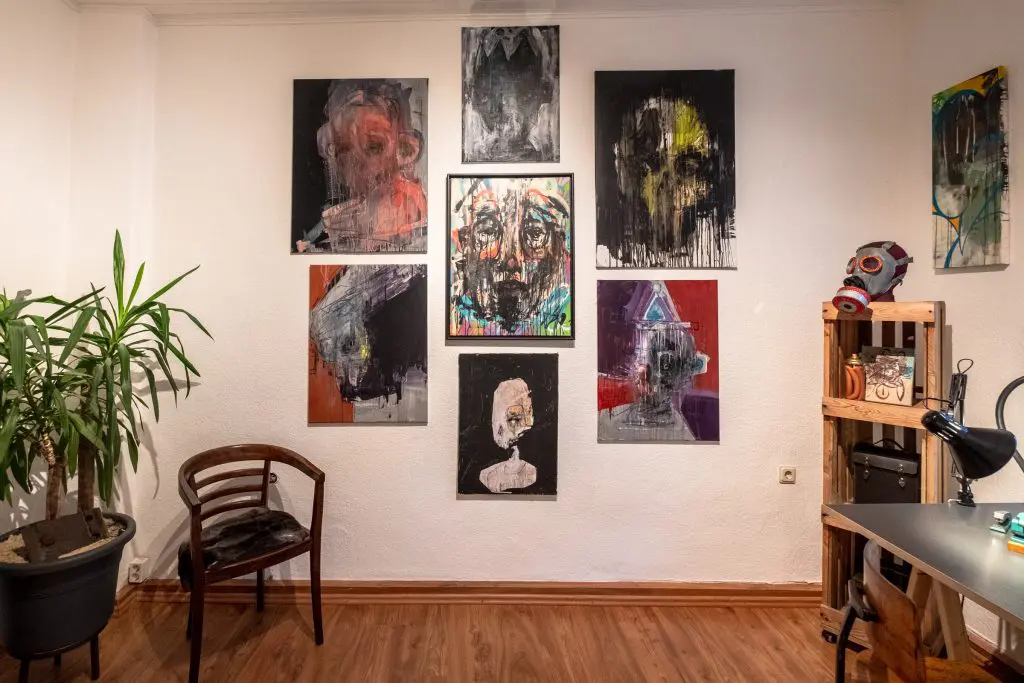
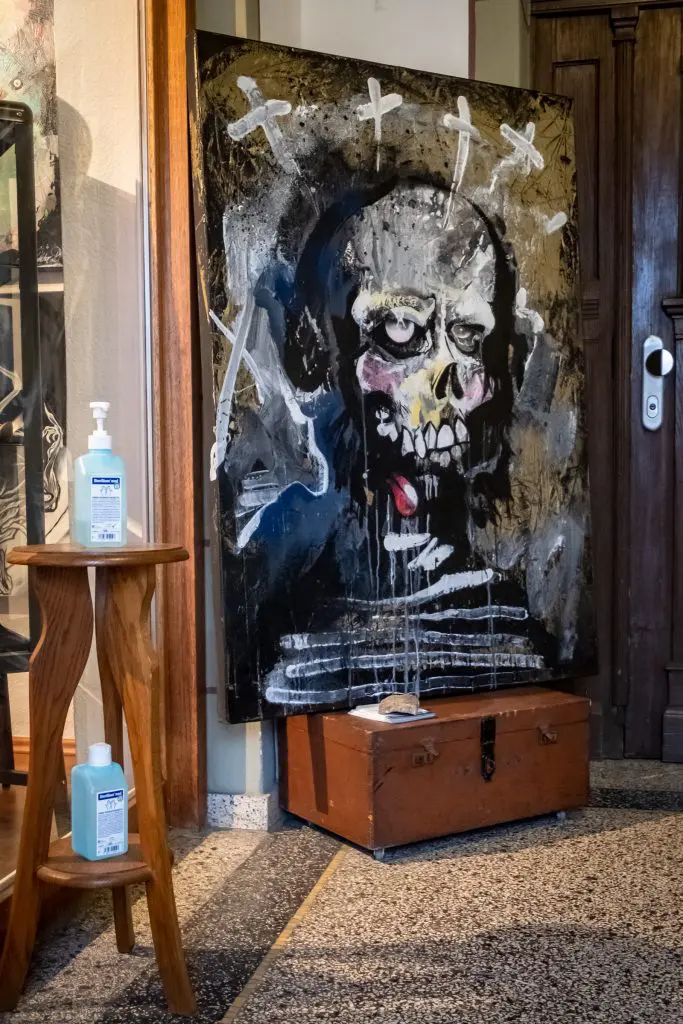
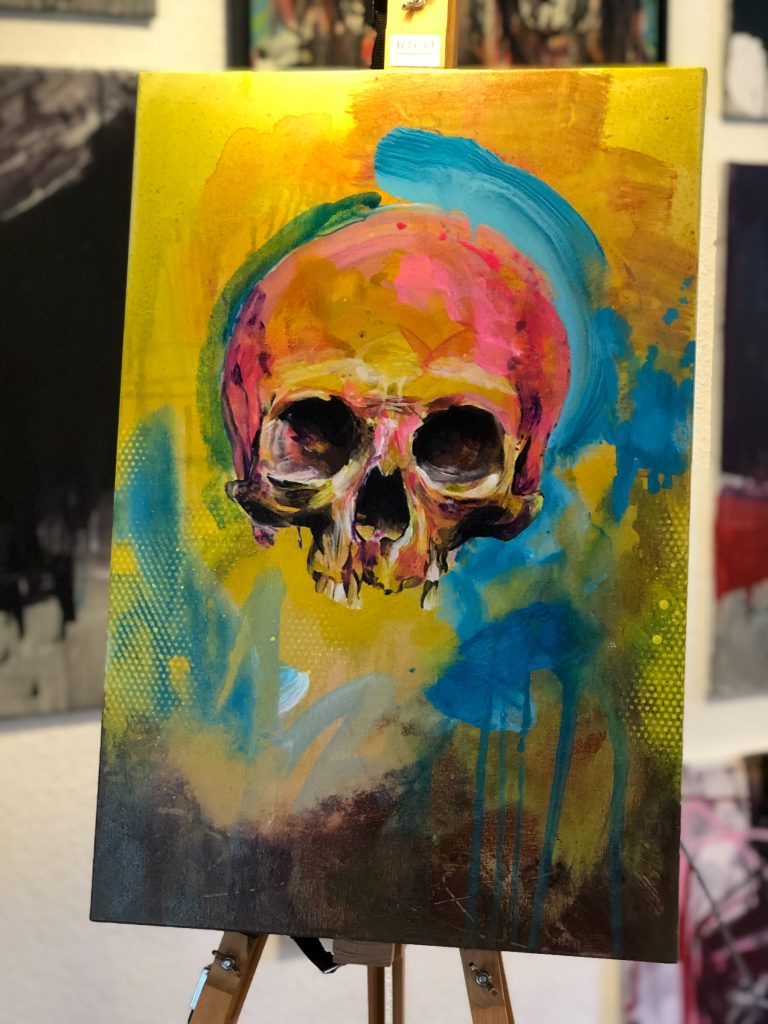
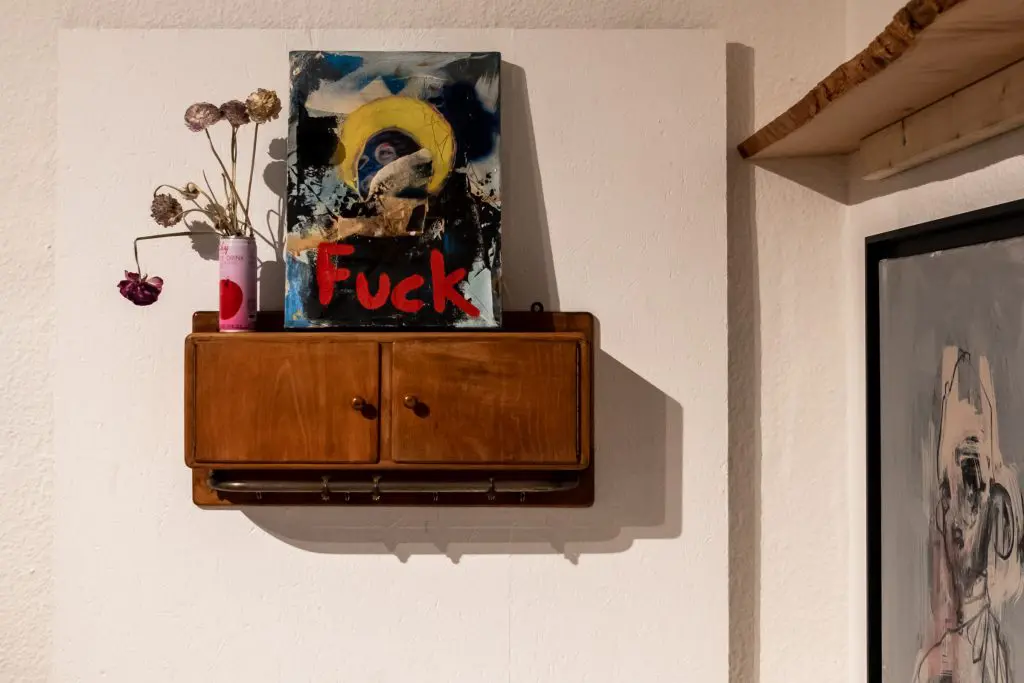
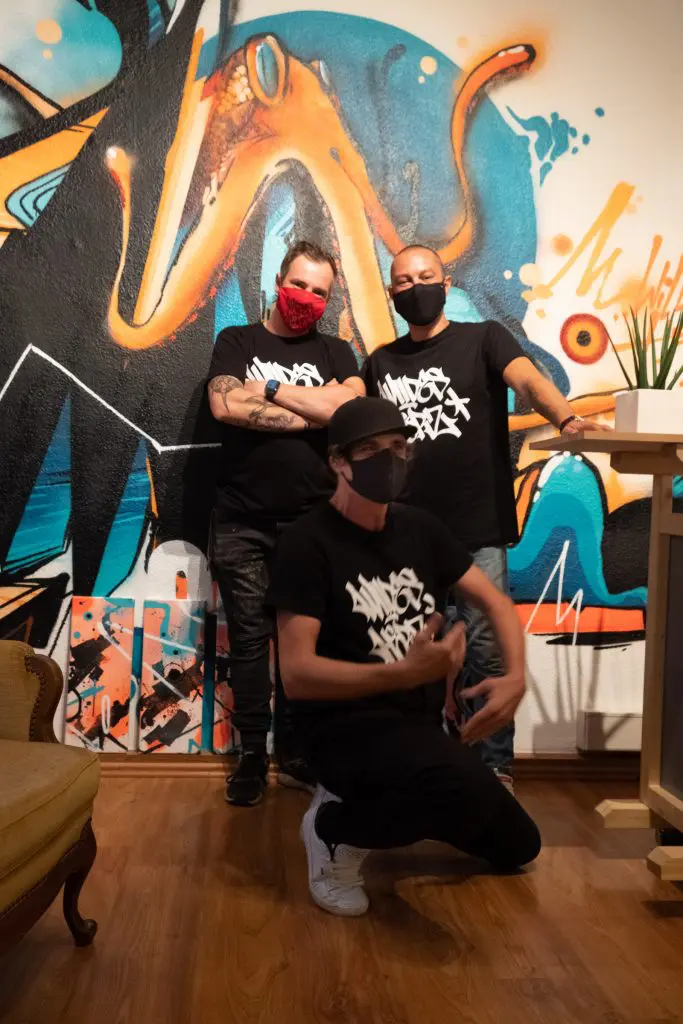
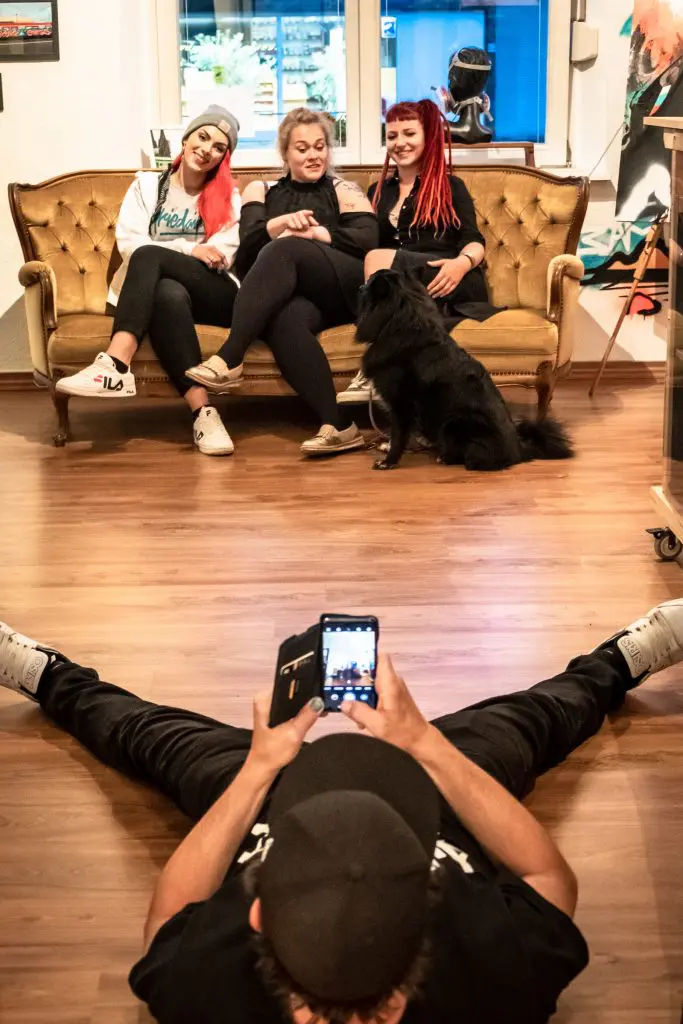
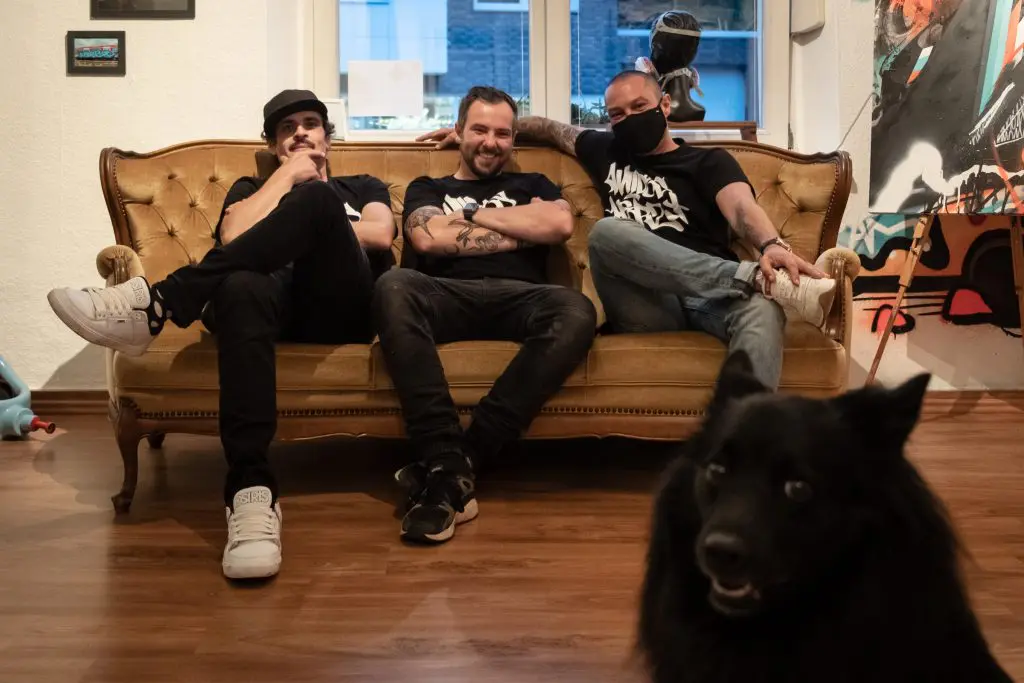
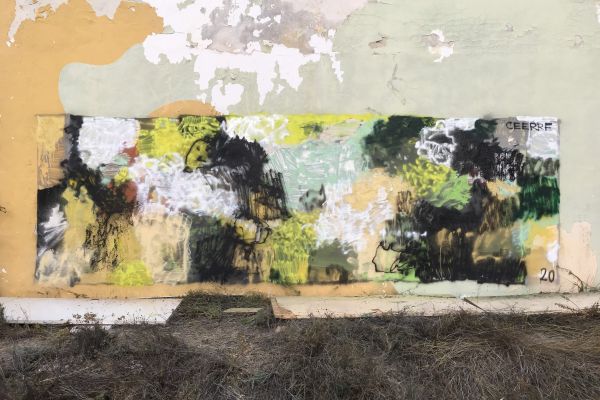
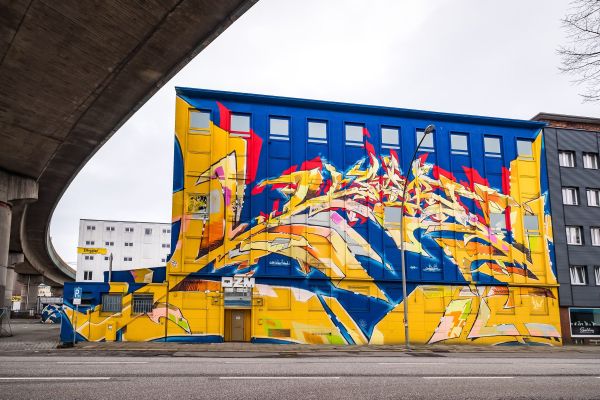
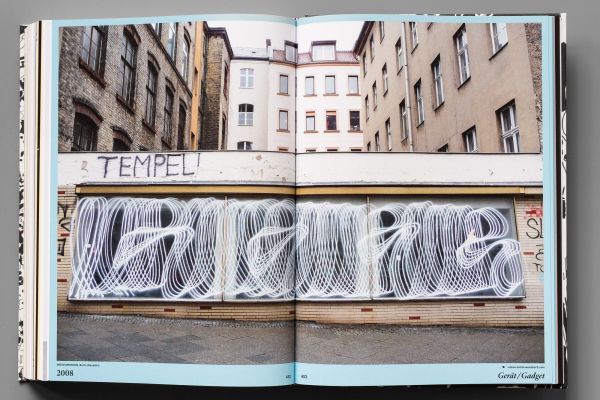
Leave a Reply